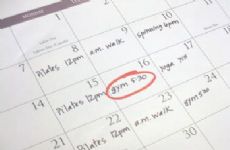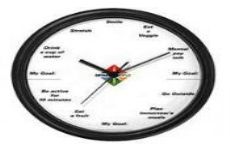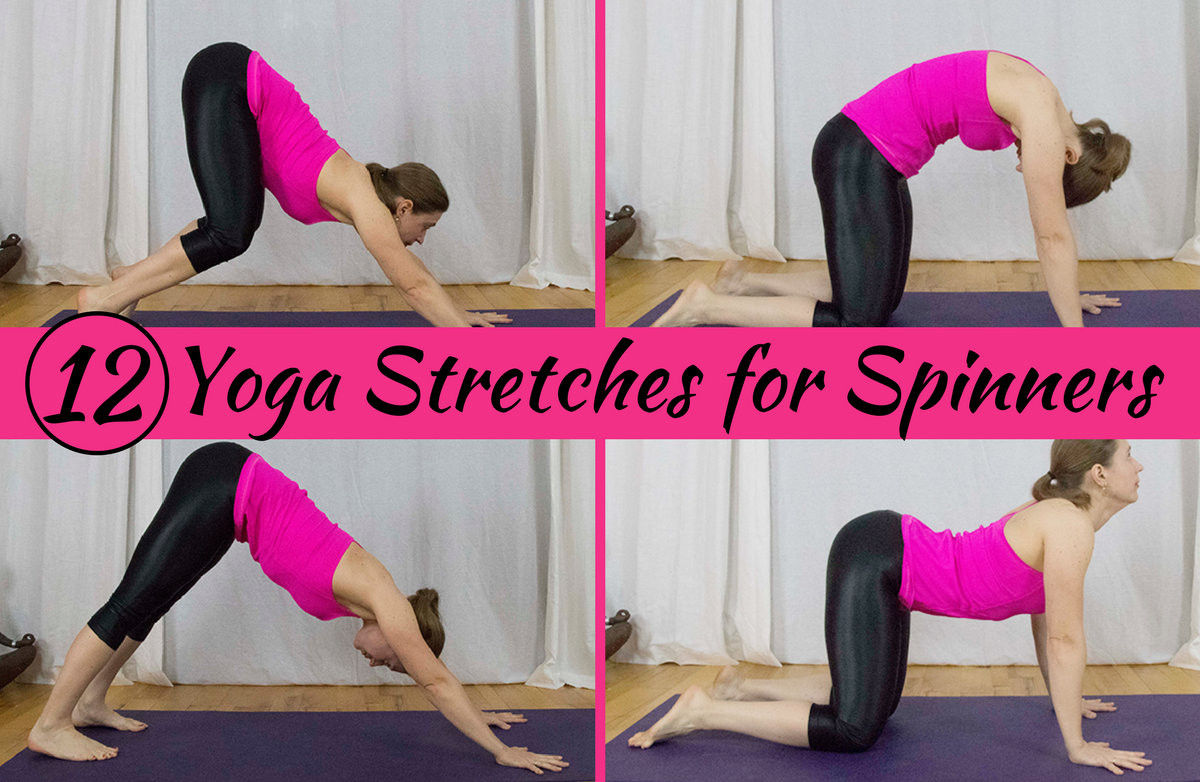|
You have a busy week. Some last minute shopping to do (complete with many circles around the parking lot to simply find an empty spot), cookies to bake for your neighborhood cookie exchange, gifts to wrap, travel plans to finalize, a volunteer session at the local food bank, and a holiday party for work. You're feeling frazzled, but you want do it all for the spirit of the season. At some point, something has to give. When you're this busy, what's the first thing that falls off your to-do list? Yourself. And for many of us, that means our healthy diet and exercise plans fall by the wayside for days or even weeks at a time, making it harder to climb back onto the treadmill than if you would have just stayed on its belt to being with. Eventually, you need a reason (or resolution) to get yourself back on track and luckily, the New Year is just around the corner, so you decide to just wait until then. Sound familiar? But what if you could have it all—or at least MOST of it? The truth is, you can. If you can learn to apply one simple rule to your workouts, you can say "yes" to all the holiday festivities and still keep your muscles in tip-top shape, helping prevent that notorious holiday weight gain and the climb back onto the wagon that happens in January. How? Forget the all-or-nothing mentality when it comes to exercise. Too often, we can't fit our usual routine into our extra busy days, so we choose to do nothing instead. Now how does that make any sense? It's like the quote from one of our favorite members, ~INDYGIRL about overeating: "If you got a traffic ticket would you break every traffic law the rest of the day? Then why toss the whole day over a slice of pizza?" The same goes for your exercise plan. If you can't fit in your full session, why does it make sense to do nothing instead? Wouldn't you want to be 50 or 100 calories instead of zero? Or lose half a pound instead of none? We know that short workouts still count. 10-minute bouts of fitness are the foundation of the SparkPeople program, and research has shown that they still help people improve their fitness levels, too. Recently, I was having a particularly busy week at work. I had to go to teach a Pilates class that evening and also run a quick errand near the gym before I headed home. After Pilates, I simply did not have 45 minutes to spare for my full cardio workout. I could have driven the half-mile to the bookstore, but instead, I chose to squeeze in a shorter workout and multitask. I grabbed my iPod, slipped my credit card into its holder, and jogged from the gym to the store and back, and was able to fit in 10 minutes of cardio before I headed home. (No, you don't get that many strange looks while carrying a book while you run.) Ten minutes may seem insignificant when you're used to doing more, but it really does add up. Not only does it keep you consistent (many of us know just how motivating a streak can be), but it also helps you maintain your fitness level and continue to burn calories and work toward your goal. If your all-or-nothing exercise mentality led you to NOT exercise at all during the month of December, you'd burn 0 calories and lose a lot of momentum. But if you chose to do what you can, even if it wasn't a full workout, you'd burn thousands of calories, which could prevent weight gain and maybe even help you lose a pound or two over the course of the month. Next time life gets in the way, don't get caught up in the all-or-nothing mentality when it comes to fitness—or food. Every small step you can take toward your goals is still going to get you closer than standing still. Do you have trouble with the all-or-nothing exercise mentality or have you learned to implement this stay-on-track technique? |
Popular Entries
More From SparkPeople
|




.png)
















.jpg)